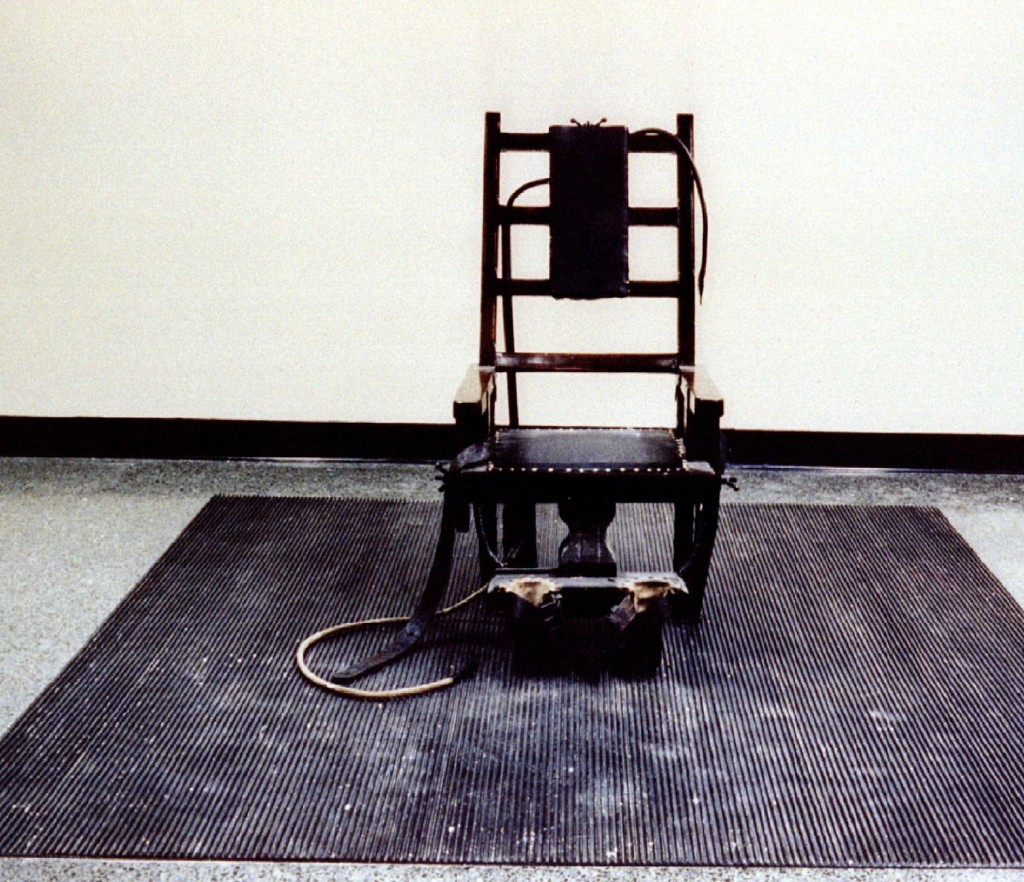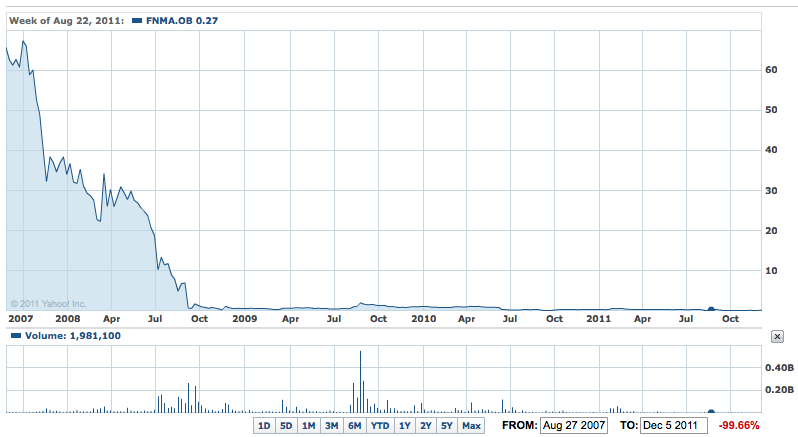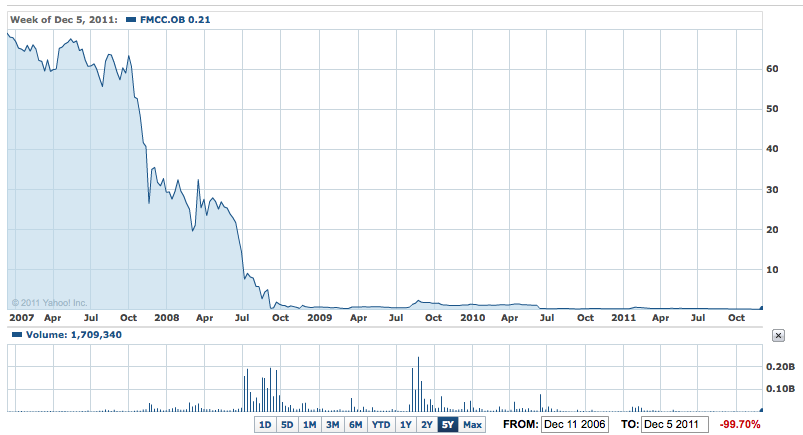
The logo of the former largest company in the world, the East India Company. Graphic design was not a priority in the 18th century.
Quick, what’s the biggest company in the world?
If you’re a casual reader of the business news, or were last summer, you might say “Apple”. It was something of a noteworthy deal when Apple moved into the top spot, but what does that top spot signify? Does it mean that Apple sold its products for more money than anyone else did? That its owners got richer than anyone else did? That its owners would get richer than anyone else, if they liquidated their interest? Or something else? Are we thinking too hard about this?
Yes. The biggest company in the world is the one that generates the most revenue.
Isn’t it?
Sure, but what if there’s another company that generates slightly less revenue, but has significantly smaller expenses and thus keeps more of the revenue as profit?
Uh…yeah, you’re right. That’d make more sense.
But isn’t value in the eye of the beholder? Say there was a company that took in even less revenue, and didn’t necessarily turn a stupendous profit. But, investors loved the company so much that they valued its stock highly. And if you wanted to buy this entire company, share by share, you’d have to spend more than you would to buy any other company.
Okay, you sold me. That should be the definition of the world’s largest company. There can’t be any other ways to interpret this, can there?
CAN THERE?
Well, how do you determine your own net worth? You add the assets and subtract the liabilities. Do the same thing on a macro scale and you have a company’s shareholders’ equity, which should be the definitive, absolute, certain way to determine a company’s magnitude. Aside from the other ways we just mentioned.
Okay, time for the real-world results.
REVENUE: The company that takes in the most money is Walmart. Last year, that meant $421 billion.
Walmart makes money on volume, not margins. Anything you buy at Walmart, Walmart bought for only a little bit less. Walmart doesn’t turn big profits on any individual item – the Birkin bag that the retailer buys for $45 and then turns around and sells to you for $20,000 isn’t on the shelves at Walmart. But the nickels and dimes that Walmart makes on every grocery item and article of inexpensive clothing keep its profits huge and its shareholders happy.
Which means Walmart spends tons on what it buys. It turns a profit, and a substantial one, but not as big as at least one other company’s.
PROFIT: Apple made $26 billion last year, despite selling a lot less than Walmart. How? Because while Apple sells less than Walmart, the profit on each item Apple sells is far, far greater than on what Walmart sells.
Last year somebody estimated that it costs Apple about $180 to make each iPhone. Meanwhile, new unlocked 4S models with 64GB of storage sell for over $800 on eBay. It’s hard to imagine a single product that Walmart makes a $620 profit on. Except the iPhones.
For the record, when Apple was announced as the largest company in the world in the summer of 2011 (or more to the point, when news of its financials trickled down from the business news departments to their knuckle-dragging counterparts on the general news desk), it wasn’t because of Apple’s profits. It was because of another metric.
MARKET CAP(ITALIZATION): Apple had the largest market cap in the world for a few weeks earlier this year, but ExxonMobil then caught up and regained its place on top. As of this writing, Apple has wrested the title away yet again. Right now, if you wanted to buy every share of AAPL it’d cost you $480 billion. That’s about ⅙ more than ExxonMobil.
Which leaves one remaining measure.
EQUITY: The company with the biggest difference between its assets and its liabilities is Bank of America, whose shareholders’ equity sits at around $228 billion.
Most of the top companies in shareholders’ equity are banks (both commercial and investment) and insurance companies. A major chunk of their assets come in the form of loans. What you and we sweat over, banks get excited by. Loans are their stock in trade, which sounds like an obvious point but is easy to forget sometimes.
How does this apply to your daily life? Well, to the extent that it forces you to think of multiple valid ways to look at the same problem. Who’s in a better place – the person who makes $150,000 a year, or the one who makes $120,000 and clears $60,000 after expenses while the first person spends every penny and then some? It’s a legitimate question, not a rhetorical one. And once you’ve determined an answer, how does that person stack up against someone who makes $70,000, but has a net worth of $5 million?
More money is better than less: if you don’t agree with that, you probably shouldn’t be reading our blog. But there are multiple ways to determine who’s in the most enviable financial position.
This article is featured in:






